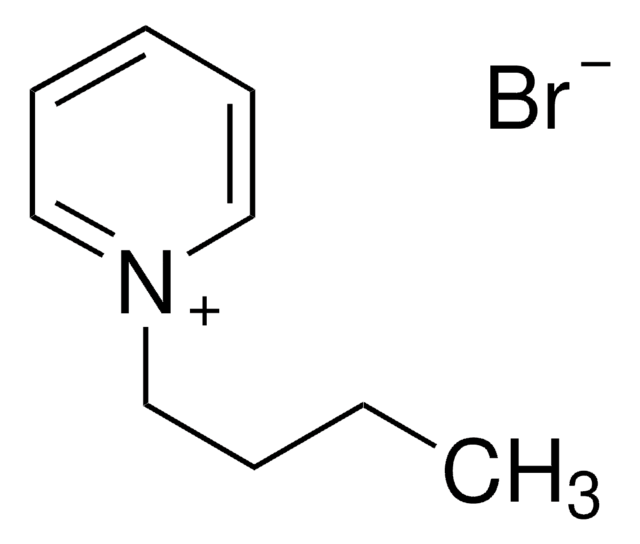SCP0168
Histone Deacetylase Substrate
≥95% (HPLC), lyophilized
Anmeldenzur Ansicht organisationsspezifischer und vertraglich vereinbarter Preise
Alle Fotos(1)
About This Item
Empirische Formel (Hill-System):
C23H31N3O6
Molekulargewicht:
445.51
UNSPSC-Code:
12352204
NACRES:
NA.32
Empfohlene Produkte
product name
Histone Deacetylase Substrate,
Assay
≥95% (HPLC)
Form
lyophilized
Zusammensetzung
Peptide Content, ≥85%
Lagerbedingungen
protect from light
Lagertemp.
−20°C
Amino Acid Sequence
BOC-Ac-Lys-AMC
Anwendung
BOC-Ac-Lys-AMC (MAL) is used as a fluorogenic substrate for assaying both human zinc and NAD+-dependent histone deacetylases.
Lagerklassenschlüssel
11 - Combustible Solids
WGK
WGK 3
Flammpunkt (°F)
Not applicable
Flammpunkt (°C)
Not applicable
Analysenzertifikate (COA)
Suchen Sie nach Analysenzertifikate (COA), indem Sie die Lot-/Chargennummer des Produkts eingeben. Lot- und Chargennummern sind auf dem Produktetikett hinter den Wörtern ‘Lot’ oder ‘Batch’ (Lot oder Charge) zu finden.
Besitzen Sie dieses Produkt bereits?
In der Dokumentenbibliothek finden Sie die Dokumentation zu den Produkten, die Sie kürzlich erworben haben.
Birgit Heltweg et al.
Analytical biochemistry, 319(1), 42-48 (2003-07-05)
Histone deacetylases (HDACs) are involved in the regulation of transcription and their inhibitors are a promising class of new anticancer drugs. We have previously reported Boc(Ac)Lys-AMC, also termed MAL, as a fluorescent substrate for HDACs. Now we present a modification
Birgit Heltweg et al.
Methods (San Diego, Calif.), 36(4), 332-337 (2005-08-10)
Histone deacetylases are important regulators of transcription and an emerging target for anticancer drugs. We present an overview over various assay formats that include radiolabelled histones, oligopeptides, and small molecules as substrates. The advantages and disadvantages of the various formats
Neetinkumar D Reddy et al.
Chemico-biological interactions, 233, 81-94 (2015-04-01)
The potential of cinnamic acid as an anti-inflammatory and anti-cancer agent has been studied previously. In our investigation, novel bio-isosters of cinnamyl sulfonamide hydroxamate were synthesized, characterized and confirmed for their structure and evaluated for cytotoxicity. Three NCEs namely, NMJ-1
Unser Team von Wissenschaftlern verfügt über Erfahrung in allen Forschungsbereichen einschließlich Life Science, Materialwissenschaften, chemischer Synthese, Chromatographie, Analytik und vielen mehr..
Setzen Sie sich mit dem technischen Dienst in Verbindung.








